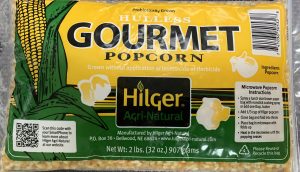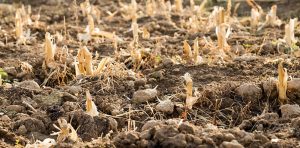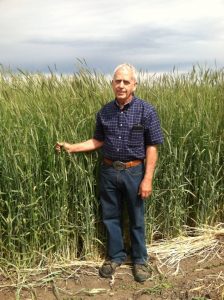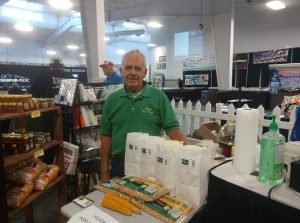 Bio Huma Netics, Inc. (BHN), President and CEO Lyndon Smith has announced the appointment of Jonathan Plehn to the position of Chief Financial Officer (CFO) and Vice President of Finance and Accounting. BHN produces the Huma Gro®, Huma Gro® Turf, Fertilgold® Organics, Probiotic Solutions®, and Mesa Verde Humates® product lines.
Bio Huma Netics, Inc. (BHN), President and CEO Lyndon Smith has announced the appointment of Jonathan Plehn to the position of Chief Financial Officer (CFO) and Vice President of Finance and Accounting. BHN produces the Huma Gro®, Huma Gro® Turf, Fertilgold® Organics, Probiotic Solutions®, and Mesa Verde Humates® product lines.
Mr. Plehn brings a wealth of knowledge from a background of financial leadership in the manufacturing, engineering, and chemical industries. He has an accounting degree from the University of Utah, an MBA with an emphasis in Computer Information Systems from California State University—East Bay, and a Lean Executive Leadership Institute Certificate from the University of Kentucky. He is also a certified public accountant (CPA) and speaks Spanish. Previous posts include VP Finance and Treasurer at Newpark Resources, Inc. (fluids systems, chemicals, and engineering), Director of Finance at Thermo Fisher Scientific (analytical instruments and laboratory supply), Global Consolidations Manager at Applied Biosystems (biotechnology tools and solutions), and Account Manager at Morgan Stanley.
Lyndon Smith said, “We believe Jonathan Plehn will be a great fit for our company. He has the financial leadership capabilities we need at this time to continue BHN’s growth and success. He’s also just a great guy who will be an asset to our company culture.”
Plehn said, “BHN is a great company with an innovative history and an unmatched culture. I am excited to help shape the future of BHN and contribute to its success around the world in its mission to enhance the quality of life.”
Plehn has been married to his wife Amber for 23 years. They have 6 children.




 In a recent
In a recent 
